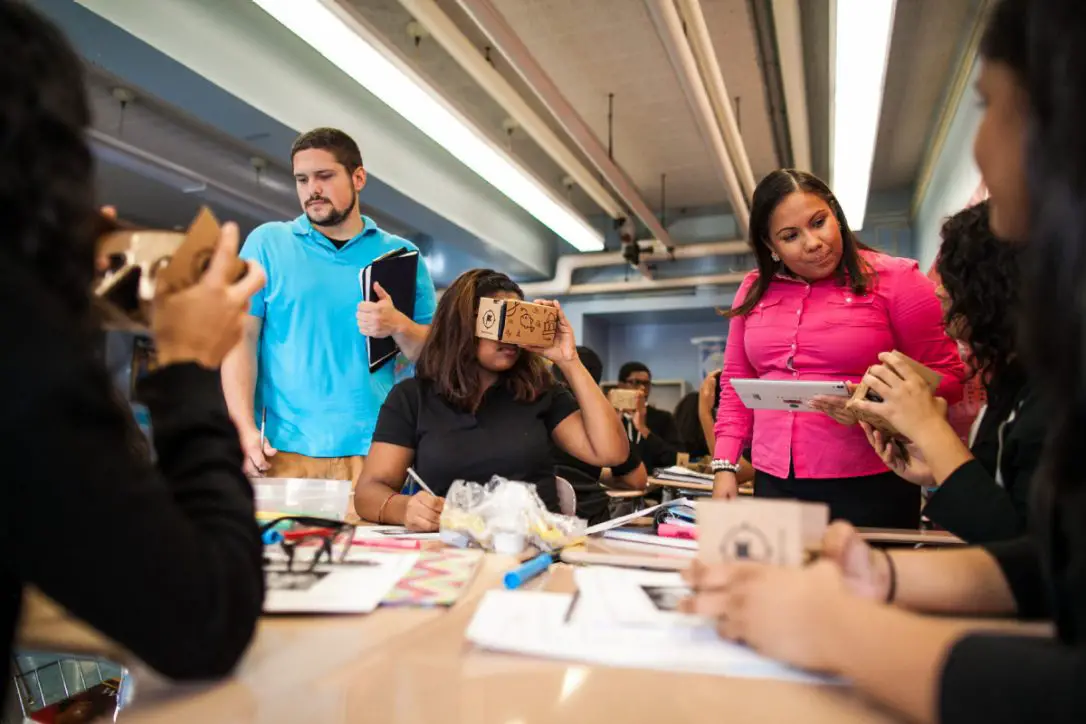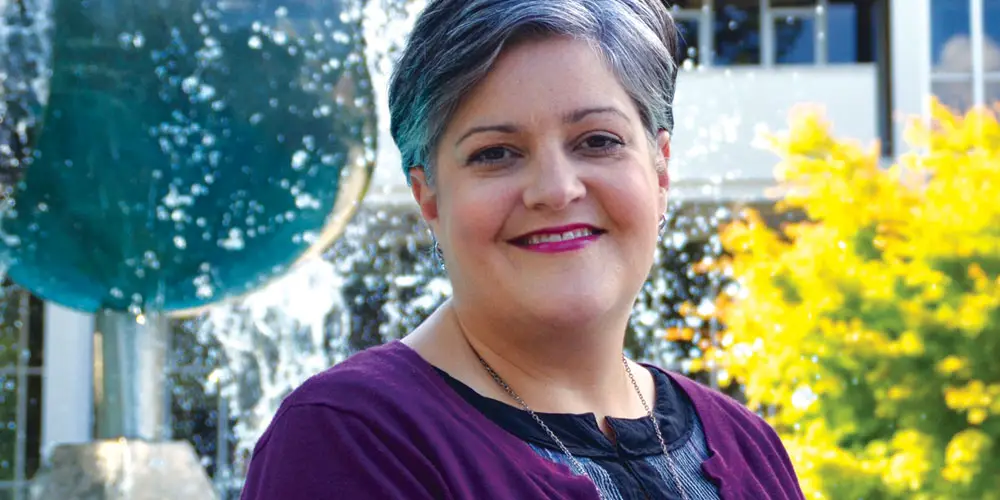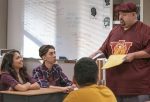Ann Clements is a professor of music education at Penn State, where she is working on a project called the Virtual Reality Teaching Lab.
The pilot of VRTL, named “First Class, ” features a virtual reality K-12 classroom with 6 AI (artificial intelligence) students. Utilizing Microsoft Kinect motion sensing technology, this game-like simulator allows Education students to practice teaching and engaging with realistic children.
Josephine Werni: What was the inspiration for this project?
Ann Clements: My idea for VRTL was inspired by the fact that, due to the current framework of the K-12 education system, it’s gotten more and more difficult to get Education students out into the schools and interacting with children. First Class is the first of many new programs to come that are designed to give pre-service teachers more chances to practice those crucial student engagement skills.

JW: What are the main student engagement areas that First Class is designed to work on?
AC: There are three fundamental student interaction skills that First Class focuses on: Line of Sight, Proximity and Verbal Engagement. Essentially, how teachers can fully engage students using their body, face and voice.
JW: While teachers are working in First Class, are there ways for them to discern how well they are doing in holding the student’s attention?
AC: Yes. For example, to increase a particular student’s level of engagement, the teacher could say their name when they address them and move to stand closer to them as they are giving the lesson. There are some pretty obvious and authentic indicators that a student isn’t engaged—they will do things like look out the window or stare annoyingly at another student.
At the end of the lesson, which is on the topic of anti-bullying, the students complete a quiz. The student’s performance on the quiz is a direct indicator of how adequately their attention was engaged during the lesson.
JW: Do each of the AI students have their own personalities, so to speak?
AC: Yes, definitely! They aren’t just indistinguishable cookie-cutter characters. For instance, some of the students are predisposed to have a shorter attention span and to require a more concentrated effort from the teacher, just like real children.
JW: How many people have tested out First Class so far?
AC: Only a few people have tested it out so far, primarily in the Music Education department. However, the feedback has been extremely rich and it’s enough to keep us busy for a little while.
JW: How would First Class ideally be integrated into the Education major curriculum, and how would it compare with the current system of student teaching in k-12 schools?
AC: The primary difference between First Class and the current student teaching system is that Education majors would have access to First Class their freshman year, and would be able to continue using it throughout their entire undergraduate career. This would be a drastically different experience from that of student teaching, which pre-service teachers often don’t have the opportunity to do until they’re upperclassmen.
Obviously, First Class and other virtual reality programs will never replace student teaching and real student-teacher interactions. They will simply provide educators with the chance to practice their student engagement skills in an environment in which they can make mistakes and learn from them.
JW: What possibilities do you see for First Class in the future and what other directions do you think it could take?
AC: We’d like to continue to make it as complex and lifelike as possible. One aspect in particular that we’d like to expand upon is physical movement. For instance, I think it would be really neat for my music education students to be able to practice conducting with a program like First Class in the future. I think that this technology also has the potential to be useful in preparing teachers to deal with certain ethical and moral dilemmas that they may face in the classroom.

















